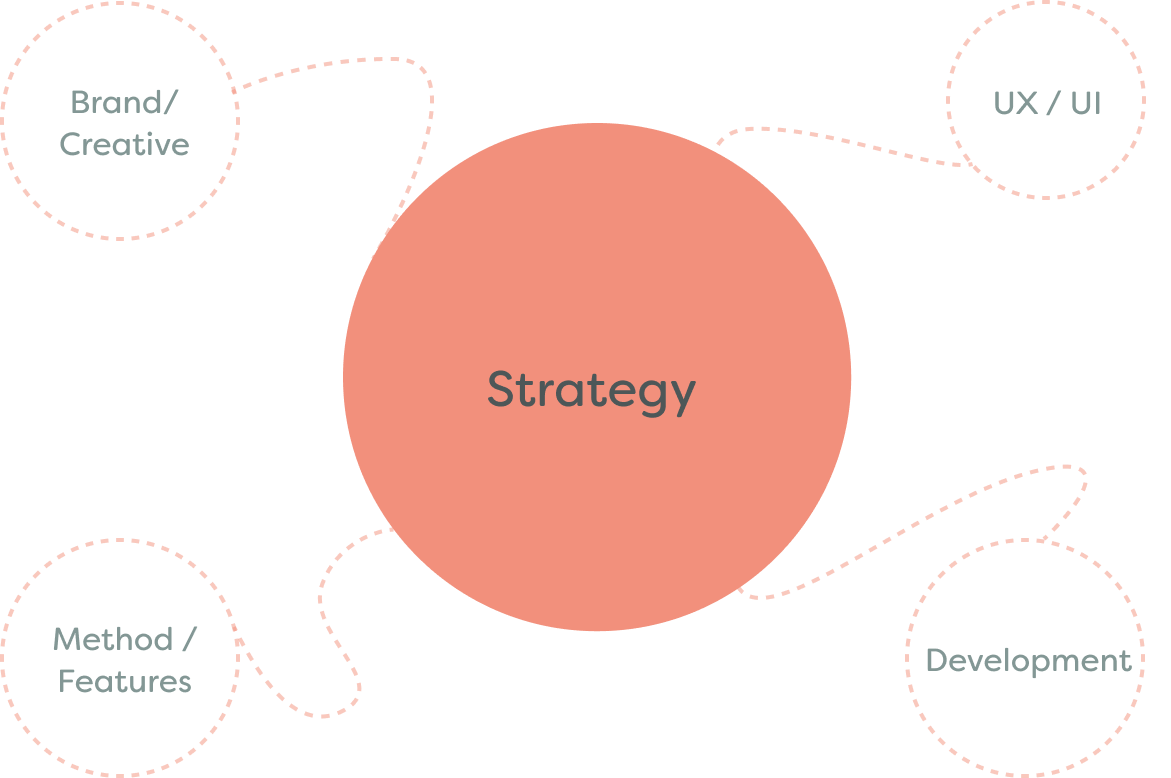There are three sides to any startup: the idea, the execution, and the distribution. And if you’re a non-technical founder, digital execution can be an especially daunting prospect.

So once your business model is nailed down, how do you actually build the bastard? Because there are so many ways to build a digital product, each with varying levels of success.
Before you start, the one thing that rings true regardless of approach is you can’t (and shouldn’t) do it all yourself. There aren’t 100 hours in a day, so as the product owner/CEO/founder you must focus your time on your customers, your customers’ problems, and the things that make the business run, not just the product.
Think about it, if you were building a four-bedroom house you wouldn’t start hammering pieces of wood together and expect a great outcome. No, you’d get experts on board, like an architect to work on the plan that you’d feedback on, “maybe let’s change this, this, and this”.
Startups are similar. One of the biggest things startup founders need to understand is that it’s ok to ask for help — because any startup is huge work and learning every skill yourself is a near-impossible task. Whether that help is hiring a team or finding a partner you can trust, it not only adds valuable expertise, it gives you a sounding board and support through those months that are going to suck (because, trust me, some months will suck). Now on to building the thing…
First thing’s first, product strategy
The key to a lasting, lovable product is a strategy that matches your business model with a delivery mechanism that aids the end-users’ intentions and drives emotional responses — using UX, design, and development.
Social media apps, for instance, perfectly align business and user needs through a mechanism called stickiness and the dopamine — think endless news feeds, etc. The stickiness encourages content consumption (what the user wants) to deliver a business outcome (ad revenue).
Conversely, if social media apps are aiming for stickiness, then banks want to be fast and efficient. Their goal is to get customers in and out as fast and as easily as possible (what the customer wants) to build trust, loyalty, and customer retention (what the business gets).
Now, these are both UX examples but branding, UI, and feature fit all play equally important roles in creating a product your customers will love. Branding, for instance, can elicit emotional responses from users that creates a loyal affinity for your product.
What I’m getting at is that different products require completely different mechanisms. A solid product strategy outlines the levers your product is trying to pull, then hardwires them into your product’s development.

How to technically build the thing
Now, “how do I build and create my product?” is a question I’m often asked by non-technical founders. When things get technical, the two main questions you should ask any partner before starting are:
- What technology can we use?
Ask your development partner to explain the tech decisions they’ve made and justify why they’ve chosen them for your project. If they can’t do it in a way that’s understandable to someone who’s not a developer, that’s a big red flag. Side note: the tech stack you select matters to you and no one else. In the grand scheme of things, the technology you use should be irrelevant. - How will you work with me as a partner, when do I get involved?
What really matters here is the trust, transparency and collaboration you have with the partner you select. You want openness into any partner’s development process from day one. Their openness to share their code means you have visibility over what’s going on (good or bad). It’s worth doing your due diligence here before you enter into any partnership — check out their case studies, call around previous clients, dig into customer reviews of other products they’ve built — this is your company after all; it’s you who’ll have to answer to disgruntled customers and underwhelmed investors if things go sideways.
So there it is, how to turn your startup from a vision into a real-life product. Next up, I’ll be digging into how much it’ll cost and how to find funding.




